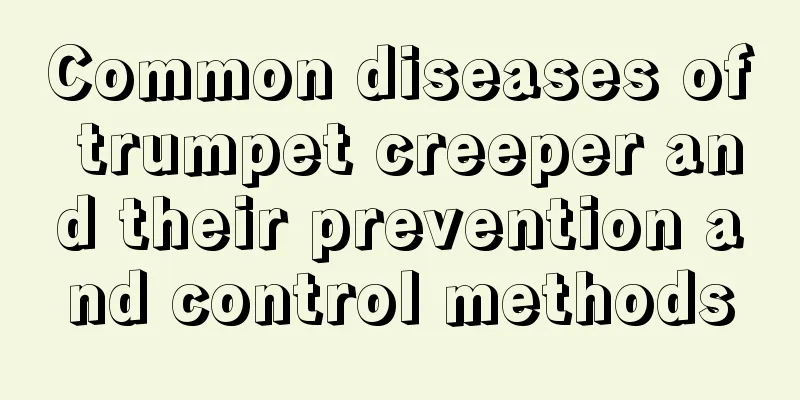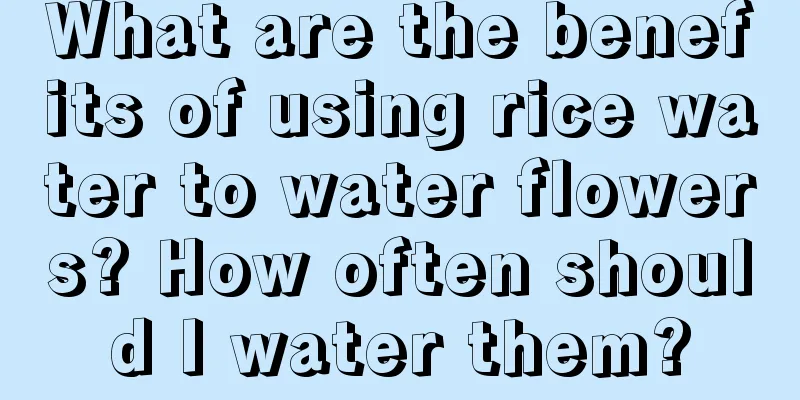Common diseases of trumpet creeper and their prevention and control methods

Botrytis cinereaSymptomsGray mold often occurs in rainy weather, or when too much nitrogen fertilizer is applied and there is insufficient light. When the disease occurs, water-like spots will appear on the affected parts. If not promptly controlled, they will gradually expand, become rotten, and gray mycelium will appear. In severe cases, the plant will die. Prevention and treatment methodsOnce discovered, spray 65% Zineb or Carbendazim in time, once every 7 to 10 days, and spray 3 to 4 times continuously. Pay attention to regular ventilation to ensure normal growth of the plants and improve their disease resistance. After the disease occurs, clean up the diseased leaves and plants in time to reduce the source of infection. Powdery mildew of trumpet creeperSymptomsPowdery mildew mainly harms the stems, leaves and flower buds of plants. After becoming sick, a layer of white powder will appear on the surface. In severe cases, the leaves will gradually wilt, and the flowers will become less and smaller. Prevention and treatment methodsPay attention to ventilation and light transmission at ordinary times, do not place the plants in a stuffy environment, and apply more phosphorus and potassium fertilizers to improve the plant's disease resistance. Spray the pesticide promptly after the disease occurs. Choose 2500 times diluted oxycarboxin or other suitable pesticides. Spray once every 10 days, and spray continuously 2 to 3 times. Trumpet creeper root rotSymptomsThe disease mainly occurs in the hot summer. Please note that it is caused by excessive watering, which leads to root rot, yellowing of branches and leaves, and in severe cases, death of the entire plant. Prevention and treatment methodsAfter the disease occurs, promptly water the soil around the roots with 300 times thiram solution. At the same time, pay attention to timely ventilation, cooling, and appropriate watering to ensure that the potting soil is moist but not waterlogged. |
<<: Disease prevention and control methods of kumquat
>>: Common diseases and pests of Scutellaria barbata and their control
Recommend
Can the pruning of the dragon beard tree survive? Branch cutting method
Can the pruning of the dragon beard tree be trans...
How to make a plum blossom bloom in two colors
Choose a complex color plum variety If you want y...
Don't just grow green radish and spider plants, these flowers are so beautiful, why don't you try them
Freesia (Author: Buy pictures online Source: Nitu...
What to do if the leaves of Chlorophytum comosum turn yellow and fall off
Yellowing leaves reason There are several reasons...
How many years can petunia live?
1. Survival time Under normal circumstances, it c...
What are the benefits of drying wheat seeds before sowing (wheat seeds should be dried before storage and sowing)
The specific effects of drying wheat seeds before...
What fertilizer is good for fertilizing asparagus fern? Choose cake fertilizer, liquid fertilizer, slow-release fertilizer to make it green.
Asparagus fern is a plant that likes fertilizer. ...
How to grow funnel flower
1. Breeding environment 1. Soil: It is best to us...
When is the best time to plant flax seeds?
Flax seed planting time Flax is a biennial plant....
What soil is best for growing bamboo?
Although bamboo is highly adaptable and easy to p...
What is the difference between the northeastern yew and the southern yew?
Difference in efficacy Taxus chinensis Southern y...
Longan growth environment conditions and characteristics
Longan growth environment conditions and requirem...
What are the best indoor potted plants?
1. Pothos Green ivy is a relatively easy-to-grow ...
The efficacy and function of Albizzia julibrissin
1. Efficacy It is actually quite useful. Its main...
What is the best growing temperature for eggplant?
Temperature requirements for eggplant cultivation...









